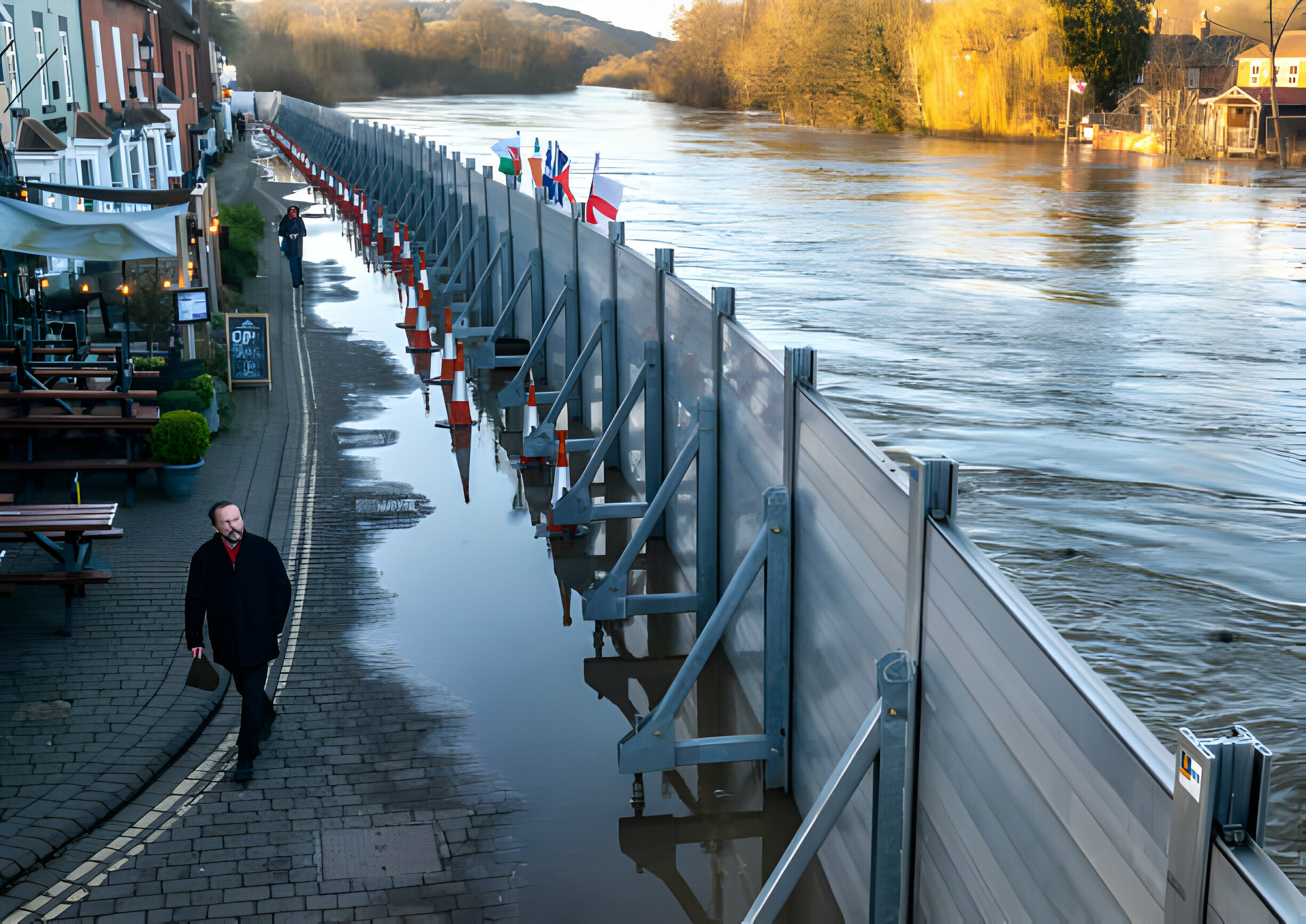
Flood Door
Introduction: Understanding Flood Doors
In regions prone to flooding, protecting homes and buildings from water intrusion is paramount. One crucial element in flood defense strategies is the flood door. This article delves into the concept of flood doors, their functionality, benefits, and importance in mitigating flood risks.
Exploring Flood Door Technology
Flood doors are specialized doors designed to withstand the force of floodwaters and prevent water from infiltrating buildings. Unlike conventional doors, flood doors are engineered with robust materials and sealing mechanisms to create a watertight barrier. They are typically constructed from materials such as steel, aluminum, or composite materials, and feature reinforced frames and hinges to withstand the pressure exerted by floodwaters.
How Flood Doors Work
Flood doors operate on the principle of passive flood defense, meaning they rely on their structural integrity to resist water infiltration without external intervention. When floodwaters rise, flood doors seal tightly against their frames, forming a watertight barrier that prevents water from seeping through gaps around the door edges. Some flood doors may also feature additional sealing mechanisms such as rubber gaskets or inflatable seals to further enhance their flood resistance.
Benefits of Flood Doors
Flood doors offer numerous benefits for property owners and communities facing flood risks. Firstly, they provide superior protection against flooding compared to conventional doors, reducing the risk of property damage and financial loss. By preventing water from entering buildings, flood doors also help minimize the disruption and inconvenience caused by flood events. Allowing occupants to return to normalcy more quickly after the waters recede.
Moreover, flood doors can contribute to long-term flood resilience by reducing the need for costly repairs and insurance claims associated with flood damage. Their durability and reliability make them a cost-effective investment for property owners seeking to mitigate the impact of flooding and safeguard their assets against future flood events.
Applications of Flood Doors
Flood doors find applications in various settings, including residential, commercial, and industrial properties. They are commonly installed in vulnerable areas such as basements, ground-level entrances, and garage openings, where flooding poses the greatest risk. Additionally, flood doors can be integrated into flood protection systems alongside other measures such as flood barriers, sump pumps, and drainage systems to create a comprehensive flood defense strategy.
SEO Optimization for Flood Doors
To optimize this article for search engines, relevant keywords such as “flood door,” “flood protection,” and “flood resilience”. Should be strategically incorporated throughout the content. Additionally, descriptive headings and subheadings containing these keywords can improve the article’s search engine ranking and attract organic traffic.
Conclusion: Strengthening Flood Resilience with Flood Doors
In conclusion, flood doors play a vital role in protecting buildings and infrastructure from the destructive forces of flooding. Their robust construction and sealing mechanisms make them an indispensable component of flood defense strategies in flood-prone areas. By incorporating flood doors into flood protection plans. Property owners and communities can enhance resilience and minimize the impact of flooding on lives and livelihoods.





Leave Your Comment